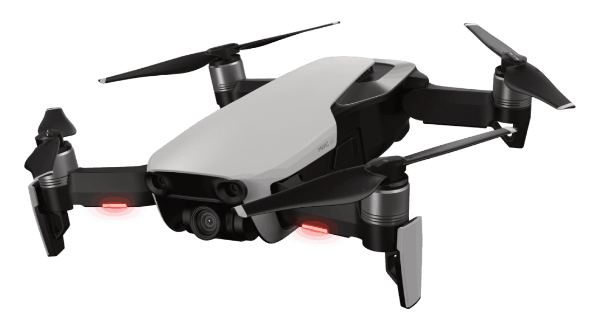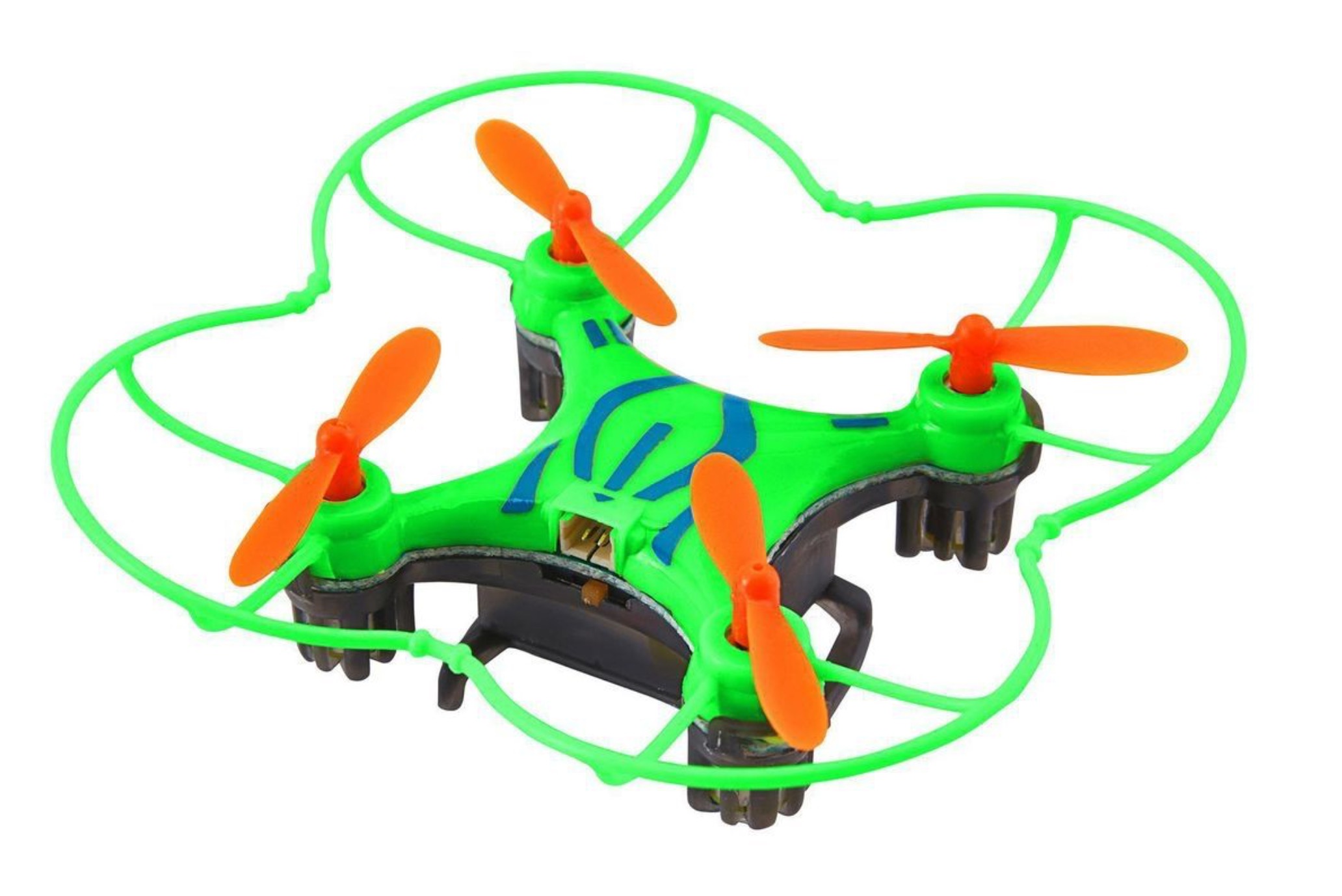
What is a Drone?
What is a drone? I guess that depends on who you ask. For the average person who sees the image above, we say… “Oh, that’s a drone.” And that would be correct. That’s the common everyday use of the term. If we were to ask the FAA, we get a more nuanced definition. And honestly, the FAA definition is the only one that will matter as we open this short informational series of posts about drones in our community.

Drones are becoming common place. You can even buy ’em at Walmart! Harbor Freight sells a tiny little mini drone for about $15.00! So what are the rules set up by the FAA? How do follow them? Why even bother?
Here’s the official FAA definition of a drone.
An unmanned aircraft system is an unmanned aircraft and the equipment necessary for the safe and efficient operation of that aircraft. An unmanned aircraft is a component of a UAS. It is defined by statute as an aircraft that is operated without the possibility of direct human intervention from within or on the aircraft (Public Law 112-95, Section 331(8)).
https://www.faa.gov/faq/what-unmanned-aircraft-system-uas
What we call a drone, the FAA calls an Unmanned Aircraft System (UAS.) Hidden in this definition is the fact that the FAA considers drones “Aircraft.” The FAA is the sole authority controlling all airspace over the United States; from the surface up. As you can imagine, they take their job seriously, primarily for the sake of safety! Does this include the airspace in my backyard? Yes.
It may seem a little overreaching for the FAA to be concerned about me flying my drone in my own back yard. Most people probably would never even give the matter a second thought. After all, we fly kites, model rockets and fireworks from home and there is no issues.
How would the FAA even know if I was flying my drone? They aren’t watching are they? Not yet… but they will be beginning on March 16, 2024.
Remote ID
All drones registered with the FAA, manufactured after September 22, 2022 are required to have a Remote ID chip in them which automatically broadcasts flight data. We will do an entire article on Remote ID shortly. So yes, potentially, the FAA could be monitoring drone activity. Again… more on this and drone registration in upcoming articles.
What’s the Big Deal
As always, the big deal is safety. In the next few years, drones will become commonplace in the sky over our communities. Walmart is currently conducting delivery testing in a number of areas. So are a variety of Fast Food resturants and Amazon. It’s not hard to imagine the sky is going to get pretty busy.
Will Drones Bump Into Each Other
The likelihood of a midair collision will be virtually impossible because of onboard technologies like Remote ID. Think about those amazing drone shows that are being presented at night-time events. Hundreds of drones launch into the air creating beautiful light shows. They never bump into each other! Drones will know where other drones are and can avoid each other well in advance of a potential collision.
OK, that’s it for now… just a brief introduction to begin our discussion with the official definition of what a drone is. Next, we will be looking into questions like: “Do I need to register my drone?” “What’s this talk about Commercial vs. Recreational flyers?” “How high can I fly?” “Can I legally fly my drone if there is an airport nearby?” “Am I allowed to fly at this or that location?” Until next week…
Enjoy!

Leave a Reply